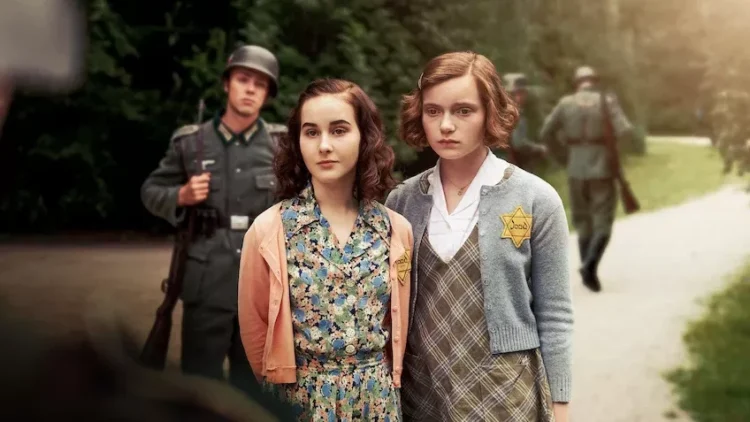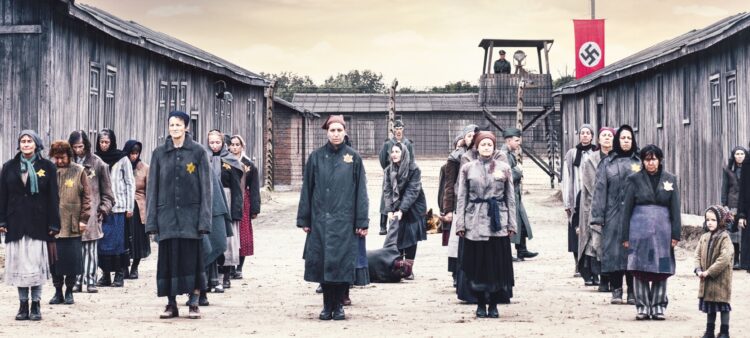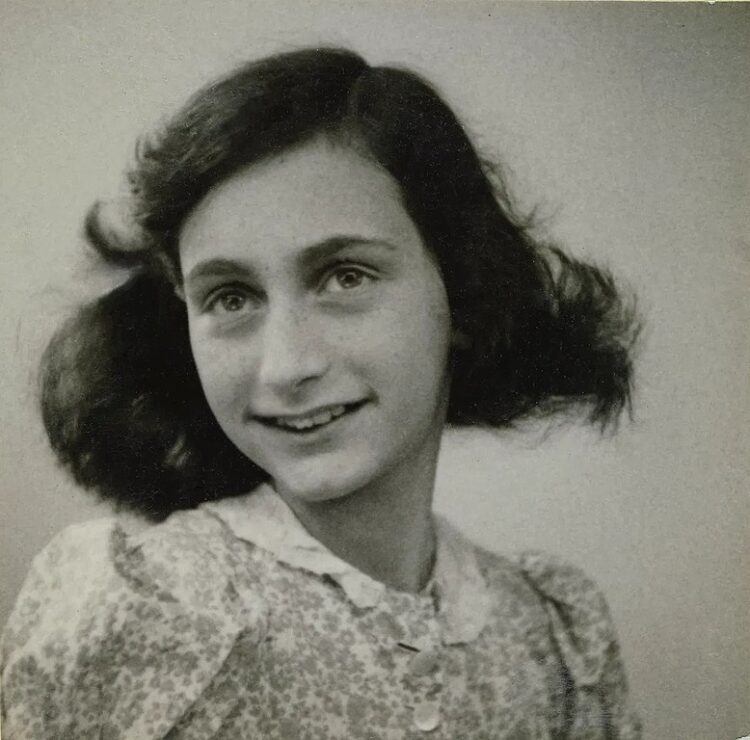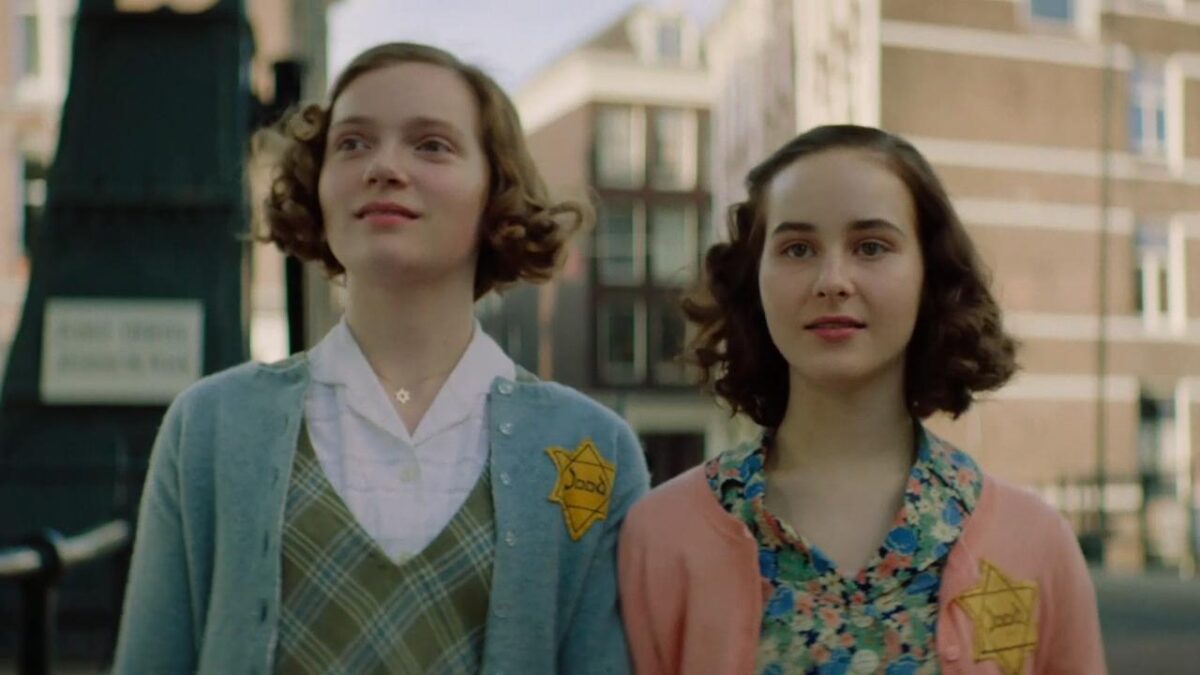My Best Friend Anne Frank, a Dutch film being streamed on Netflix, offers insights into the best-known victim of the Holocaust.
Hannah Goslar was Anne’s closest friend. Like Anne, she was a German Jew whose family had been forced out of Nazi Germany and had resettled in Holland.
In Ben Sombogaart’s one-hour-and-forty-three minute film, which covers the period from 1942 to 1945, the pair are virtually inseparable.
Anne (Aiko Beemsterboer) and Hannah (Josephine Arendsen), in the very first scene, trade giggly comments about French kissing. The subject of their discussion is perfectly understandable. They’re on the cusp of adulthood and eager to explore their sexuality. Anne comes across as a feisty, fun-loving girl.
Danger lurks just around the corner. As they gaze out a window, they see a German soldier kicking a man sprawled on a sidewalk. Germany has occupied Holland since 1940, and its Jewish community faces real peril, not only from the Nazis but from Dutch collaborators.

The film shifts between Amsterdam, where both girls live, and the Bergen-Belsen concentration camp in Germany to which they were separately deported.
In Amsterdam, Anne speaks of her ambition to become a famous writer and travel around the world. Oddly enough, she does not mention her diary even once. Anne and Hannah are free to walk around the city, but the degrading yellow Star of David they are compelled to wear on their clothes immediately singles them out as Jews and undesirables.
A Dutch man who passes them on a street vents his antisemitic animus. “It stinks here,” he says in disgust, underscoring the fact that some Dutch people were hostile to Jews.
The scenes in Bergen-Belsen, a bleak camp of drab barracks, are uniformly grim. Jewish prisoners, clad in rags and struggling to survive, are mistreated by cruel German guards.

Back in Amsterdam, Hannah’s mother wonders why Jews can’t emigrate if they’re so despised. Little does she know that the Germans are preparing to deport Jews to extermination camps in Poland.
Anne’s father, Otto, telegraphs their future when he mentions the “annex” for the first time. It will be their hiding place, their sanctuary, from 1942 to 1944.
The first roundup of Jews starts shortly afterward. As they’re loaded into trucks, a Dutch policeman shouts, “Filthy Jews!”
Hannah’s father, an Orthodox Jew, remains optimistic, assuming he and his family will evade deportation because his wife is pregnant with their third child and unable to travel.
When Hannah learns that Anne and her family have left the country, bound for Switzerland, she is bitterly disappointed. In fact, they are still in Amsterdam, holed up in the annex and hoping to survive the German occupation in hiding.
Hannah and Anne meet next in Bergen-Belsen in the spring of 1945, when Anne and her sister, Margot, are very ill and near death. As we know, they never made it. Hannah, though, survived and immigrated to Palestine, where she became a nurse, married and had children.
My Best Friend Anne Frank paints an empathetic picture of Hannah’s friendship with Anne. The actors who portray Anne and Hannah turn in credible performances. Although the film tends to be dull and lacks nail-biting tension, it succeeds in painting a portrait of a vivacious young woman whose life was tragically cut short.

